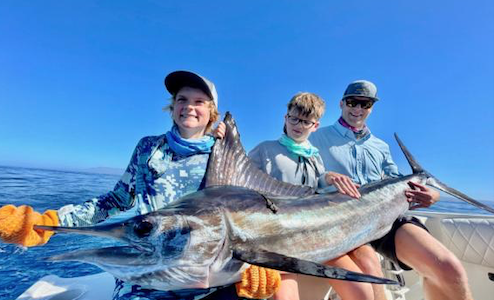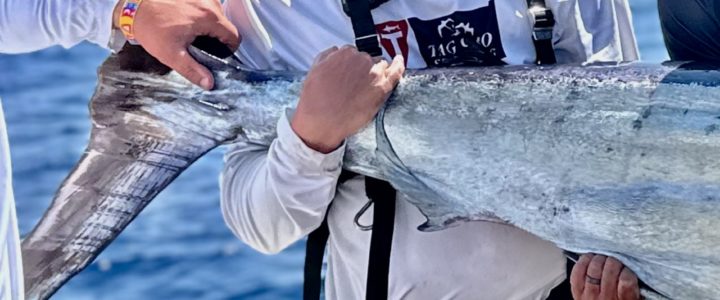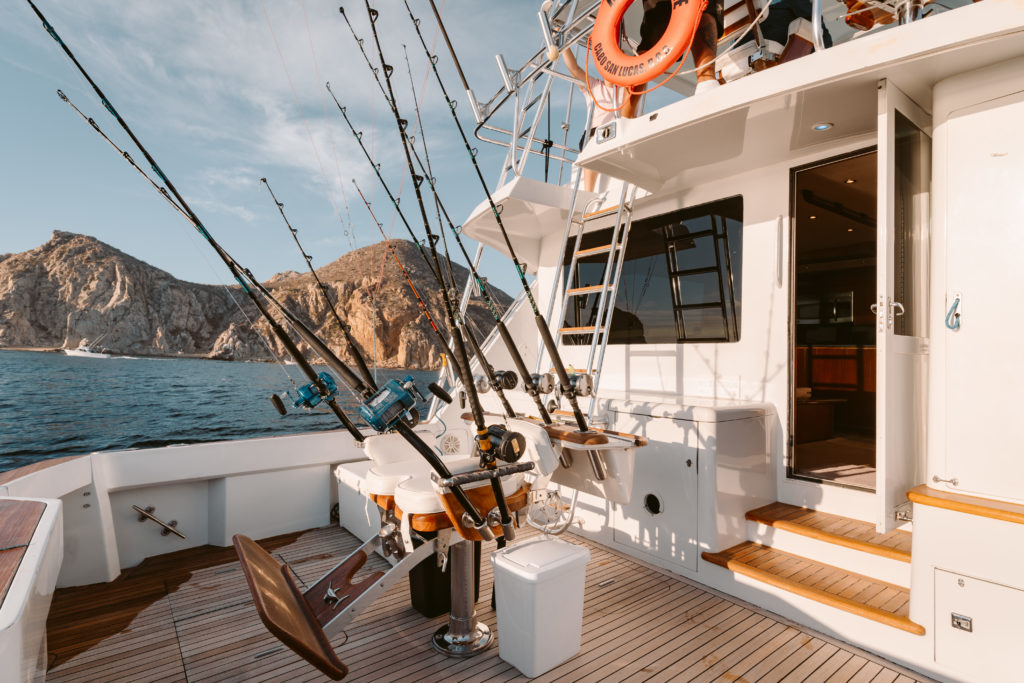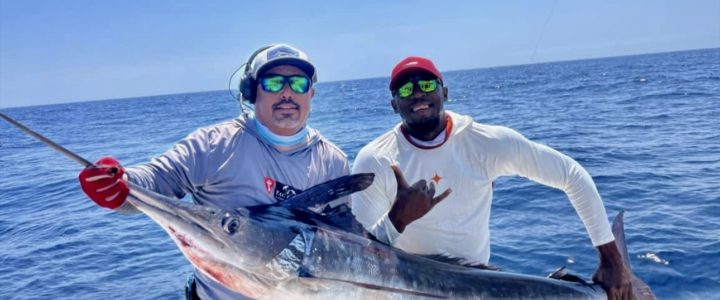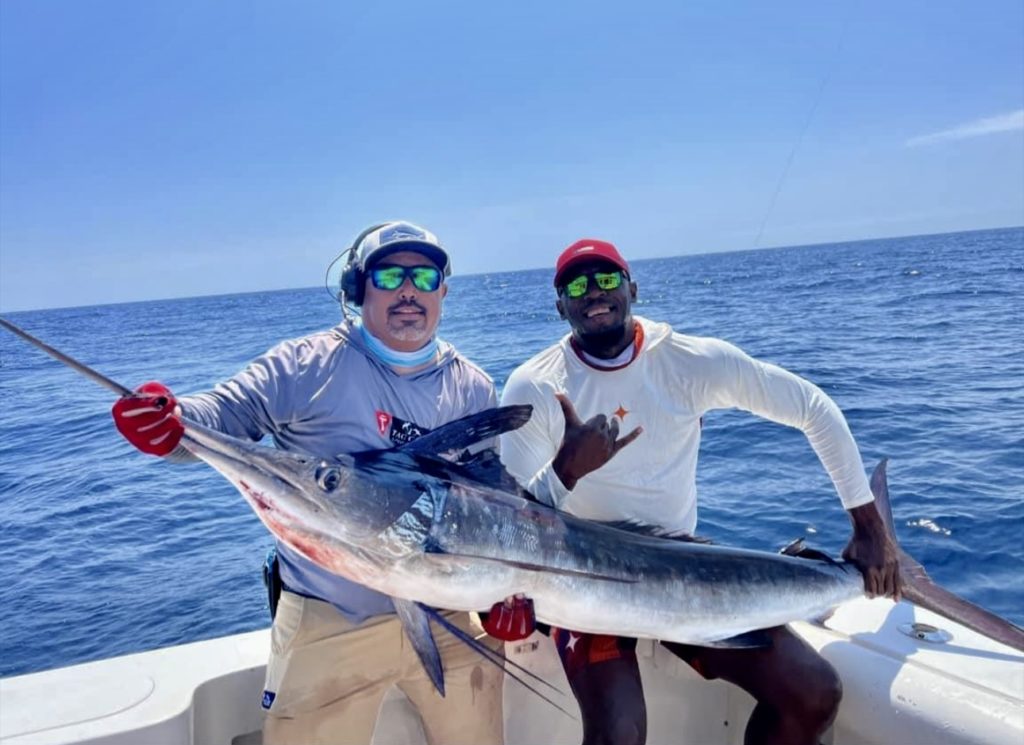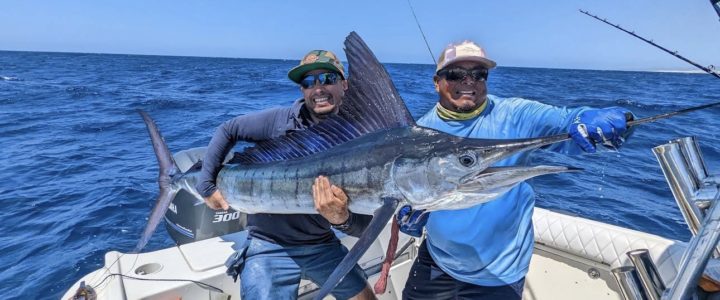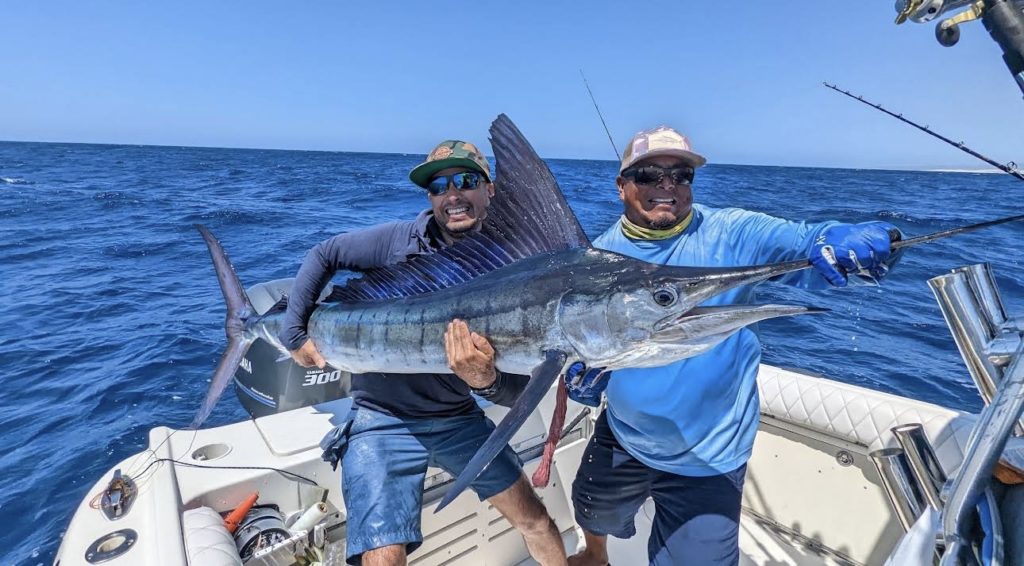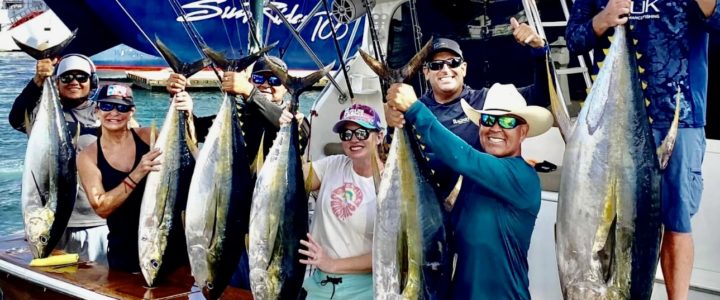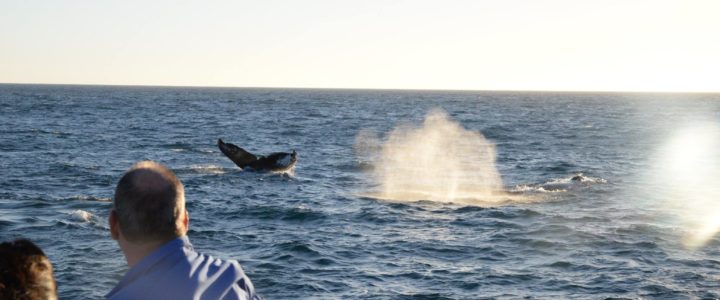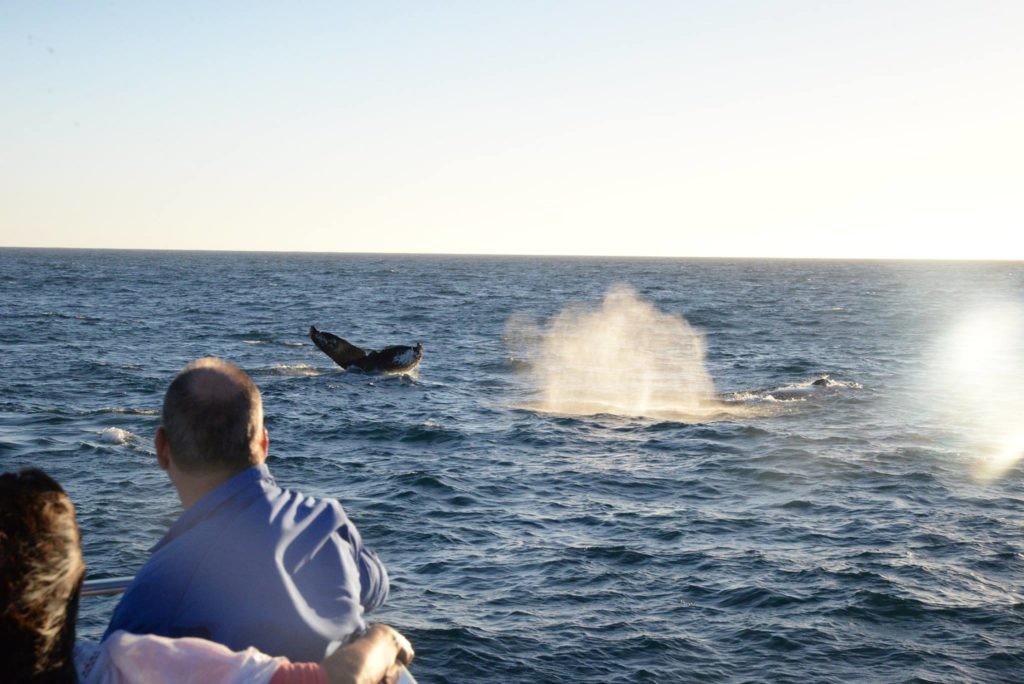Considering a Guided Fishing Trip in Mag Bay? Here’s What You Can Choose From
Introduction
Magdalena Bay, often referred to as Mag Bay, is a hidden gem on the Pacific coast of the Baja California Peninsula. Renowned for its vibrant marine life, serene mangrove-lined lagoons, and pristine waters, Mag Bay is a haven for fishing enthusiasts. If you’re contemplating a guided fishing trip here, let’s explore the diverse options available.
1. Inshore Fishing: Mangroves and Estuaries
What is it?
Explore the calm, shallow waters of Mag Bay’s lagoons, estuaries, and mangroves.
Target Species:
Spotted Bay Bass, Snook, Corvina, and Snapper.
Experience:
Ideal for light tackle enthusiasts and those looking for consistent action. Expect the tranquility of the mangroves and the thrill of diverse catches.
2. Offshore Fishing: Deep Blue Challenges
What is it?
Venture into the open Pacific waters just beyond Mag Bay.
Target Species:
Yellowfin Tuna, Dorado, Wahoo, and even Marlin.
Experience:
Suitable for those seeking big game and the thrill of battling heavyweight fish in the vast blue.
3. Kayak Fishing: Personal and Intimate
What is it?
Navigate the waters on a kayak, getting closer to the action.
Target Species:
Halibut, Roosterfish, Grouper, and Yellowtail.
Experience:
Ideal for those craving a combination of peaceful paddling and exhilarating fishing. Experience Mag Bay from a unique, water-level perspective.
4. Surf Fishing: Waves and Rods
What is it?
Cast your line right from the pristine beaches of Mag Bay.
Target Species:
Roosterfish, Jack Crevalle, and Sierra Mackerel.
Experience:
Perfect for those who love the ocean’s rhythm and the satisfaction of fishing directly from the shore.
5. Fly Fishing: Art and Precision
What is it?
Employ the elegant art of fly fishing in both inshore and offshore settings.
Target Species:
Bonefish, Permit, and even Dorado when offshore.
Experience:
For the angler looking to master precision and technique, while enjoying the serene beauty of Mag Bay.
Conclusion
Magdalena Bay offers a plethora of fishing experiences, each unique and promising its own set of thrills. Whether you’re a seasoned angler or someone just starting out, there’s a guided fishing trip in Mag Bay tailored just for you. So, gear up, pick your adventure, and get ready to cast your line in one of the world’s most bountiful fishing destinations.
For Guided fishing trips in Mag Bay reach out to us at tagsportfishing@gmail.com

